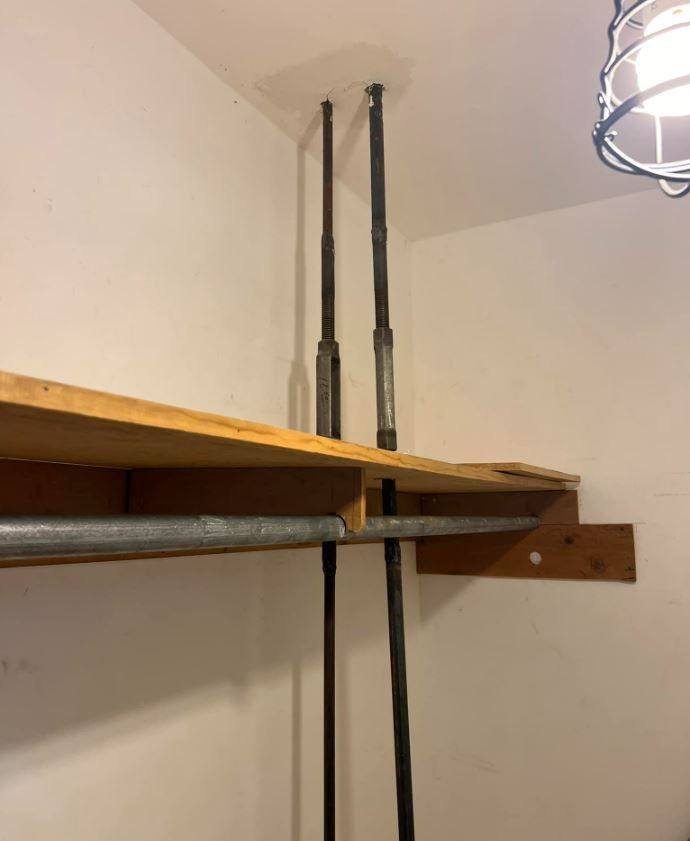Purchasing an older home has its own charms — and occasional surprises. You’re walking through the 1850s house you’re about to close on. You then discover two stout metal turnbuckles running from the closet shelf to the ceiling. The sellers and agents, and even the inspector, could not explain their purpose. This leaves one last-minute mystery to solve. Are these structural parts, holding the house together?
A turnbuckle is a device used to adjust the tension between two points. At home they can have many functions, from locking the building blocks to preventing changing walls. While your conception of turnbuckles might be as the normally hidden objects in basements or attics, spotting them in a closet may seem a little out of context. However, appreciating their necessity in this home’s structure is important.
One likely explanation is that these turnbuckles are actually tensioners. They are likely intended to tie the center beam of the house to the roof system. With homes this age, structural components may have drifted over time. This can be due to settling, climate changes, or just the aging of the materials. A previous owner may have employed installing tensioners as a stopgap measure to strengthen the structure without major renovations. The turnbuckles could add friction and tension to anchor important parts in place. This helps while keeping the “house together.”
It is common in older structures to use internal turnbuckles as structural supports, especially in older structures built before modern construction standards. Builders or homeowners sometimes used creative means to maintain structural integrity. Typically viewed as a useful addition, these tensioners strengthen and preserve the integrity of the home’s frame. If they’re keeping the beams and the roof system constrained against each other, they could stop anything else from shifting or warping. This is especially important against extreme weather conditions.
